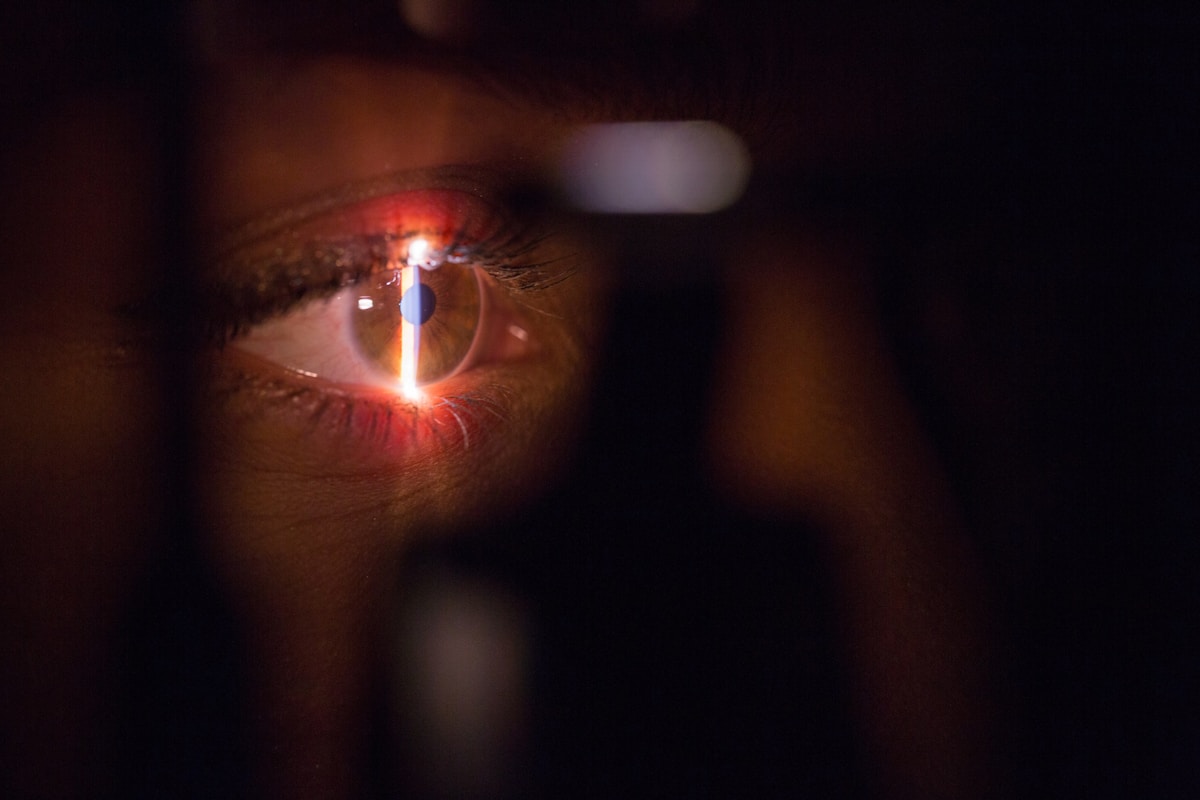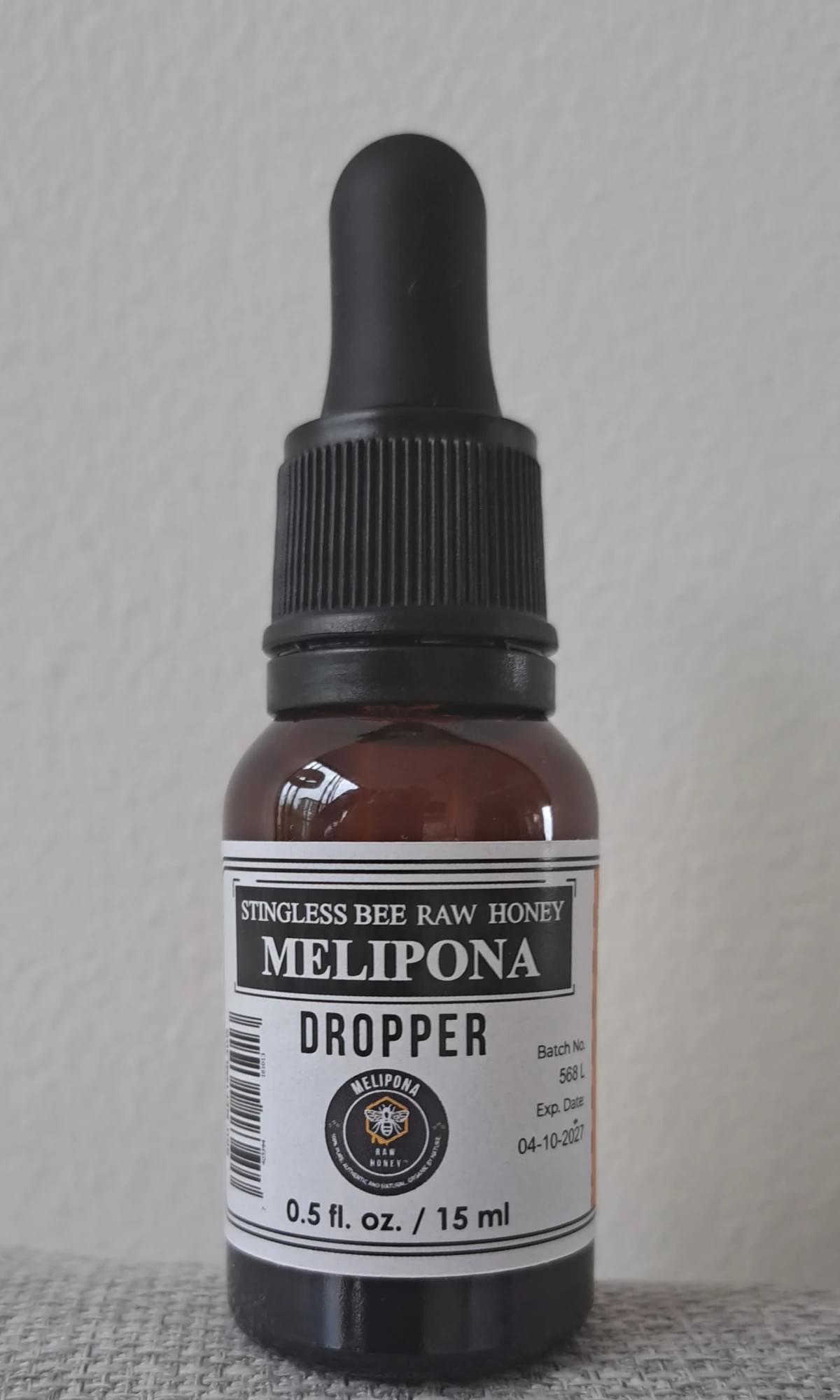Glaucoma is a group of eye conditions that can lead to damage to the optic nerve, which is responsible for transmitting visual information from the eye to the brain. This damage to the optic nerve often occurs due to increased intraocular pressure (pressure within the eye), which can cause gradual vision loss if left untreated. Glaucoma is a leading cause of blindness worldwide.
There are several types of glaucoma, but the two most common are primary open-angle glaucoma (POAG) and angle-closure glaucoma.
- Primary Open-Angle Glaucoma (POAG): This is the most common type of glaucoma. In POAG, the drainage angle of the eye (the space between the cornea and iris) appears normal, but the drainage system of the eye (the trabecular meshwork) becomes less efficient over time. This results in a gradual increase in intraocular pressure, which can damage the optic nerve and lead to vision loss. POAG typically progresses slowly and is often asymptomatic until vision loss is advanced.
- Angle-Closure Glaucoma: In this type of glaucoma, the drainage angle between the cornea and iris becomes blocked or closed, leading to a sudden increase in intraocular pressure. Angle-closure glaucoma can be acute (sudden and painful) or chronic (developing slowly). Acute angle-closure glaucoma is a medical emergency and requires immediate treatment to relieve the pressure and prevent permanent vision loss.
Common risk factors for glaucoma include:
- Elevated intraocular pressure: High eye pressure is a significant risk factor, but not everyone with high pressure develops glaucoma.
- Age: The risk of glaucoma increases with age.
- Family history: A family history of glaucoma can raise your risk.
- Race: Certain racial and ethnic groups, such as African Americans and Hispanics, have a higher risk of glaucoma.
- Medical conditions: Conditions like diabetes, high blood pressure, and heart disease can increase the risk.
- Eye injuries or surgery: Past eye injuries or certain types of eye surgery can increase the risk.
- Thinner corneas: People with thinner corneas may be at higher risk.
- Use of corticosteroid medications: Long-term use of steroids can increase intraocular pressure in some individuals.
Early detection and treatment of glaucoma are essential to prevent vision loss. Treatment options may include prescription eye drops to lower intraocular pressure, oral medications, laser therapy, or surgery, depending on the type and severity of glaucoma.
Regular eye examinations, especially for individuals at higher risk, can help detect glaucoma in its early stages when treatment is most effective. If you have concerns about your eye health or risk factors for glaucoma, consult with an eye care specialist, such as an ophthalmologist, for a comprehensive eye exam and personalized guidance on managing your eye health.

Honey is a natural product produced by both honey bees and stingless bees. Both types of honey contain unique and distinct types of phenolic and flavonoid compounds of variable biological and clinical importance. Honey is one of the most effective natural products used for wound healing. In this review, the traditional uses and clinical applications of both honey bee and stingless bee honey – such as antimicrobial, antioxidant, anti-inflammatory, anticancer, antihyperlipidemic, and cardioprotective properties; the treatment of eye disorders, gastrointestinal tract diseases, neurological disorders, and fertility disorders and wound healing activity are described.
Eye diseases
Melipona Stingless bee RAW honey also plays an important role in treating chemically induced cataracts. Honey from the stingless bee Melipona favosa favosa exhibited activity against sodium selenite-induced cataracts in Wistar rats. Furthermore, the application of stingless bee honey as an eye wash agent has led to the retardation of selenite-induced cataracts in rats (Patricia, 2002). In addition, Meliponini honey has been used as an eyedropper to treat eyesight problems. Honey from the Melipona Stingless bee species Tetragonisca is also used in the treatment of glaucoma and cataracts (Costa-Neto and Oliveira, 2000).
Ref: https://www.aao.org/eye-health/diseases/what-is-glaucoma
MELIPONA Stingless Bee Raw Honey Not Diluted 0.5 fl. oz / 15 ml from $10.98 order here direct source!
